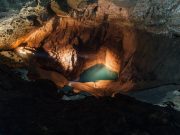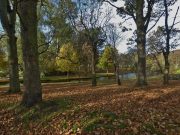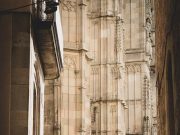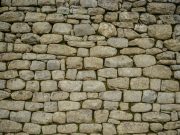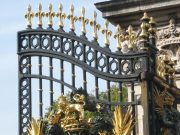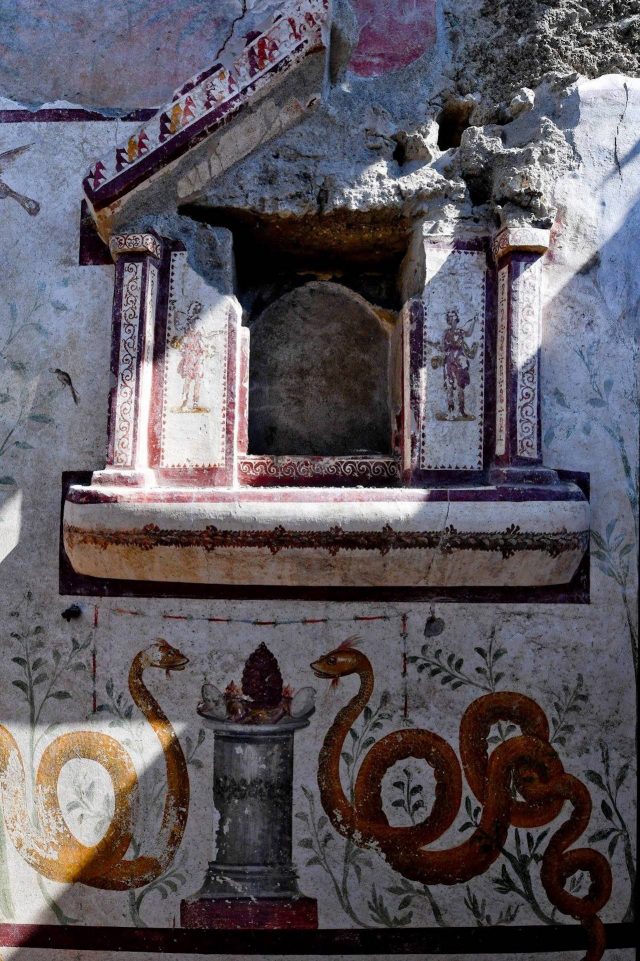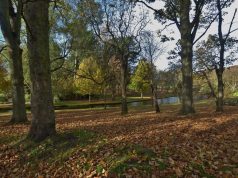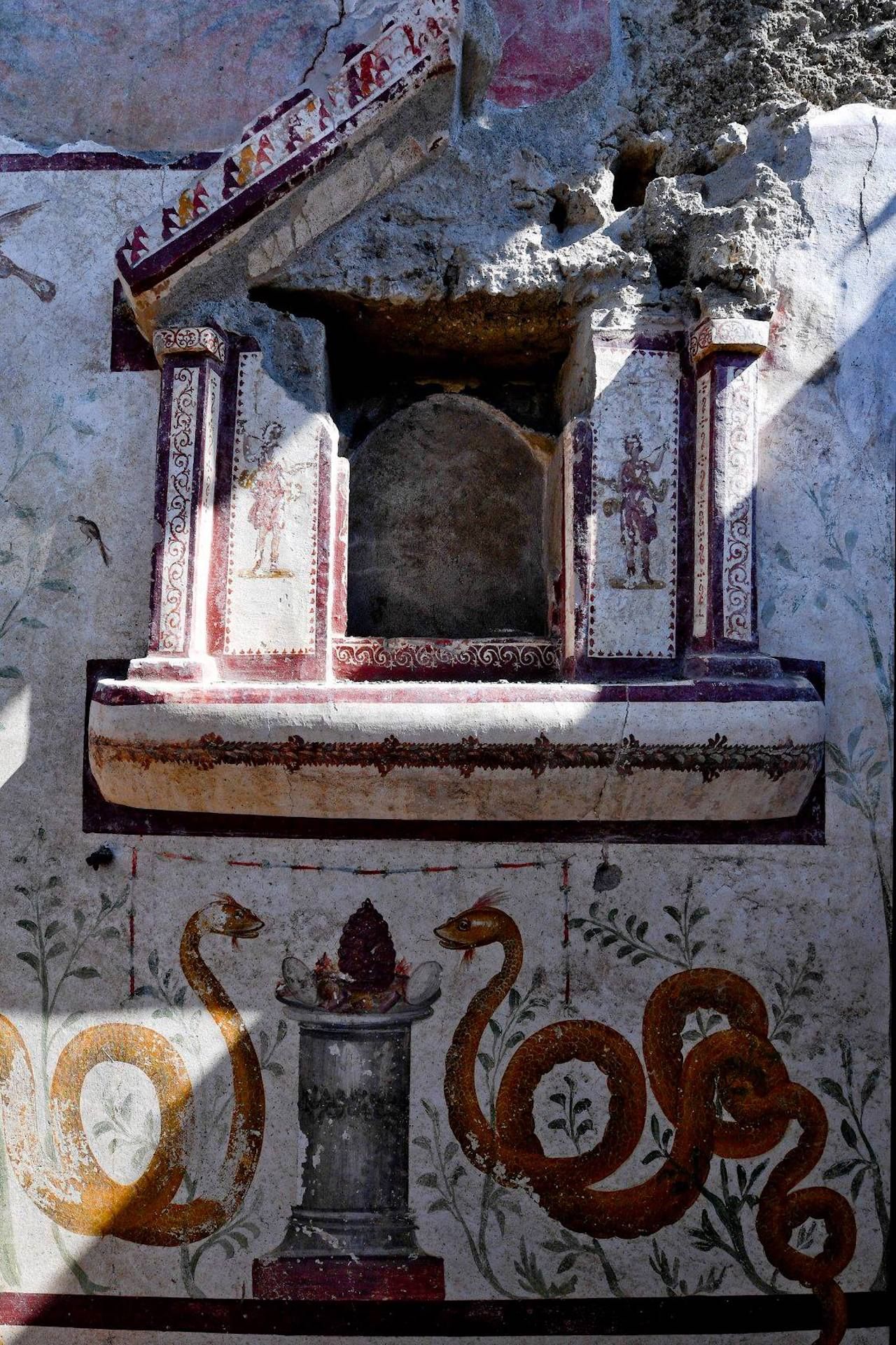
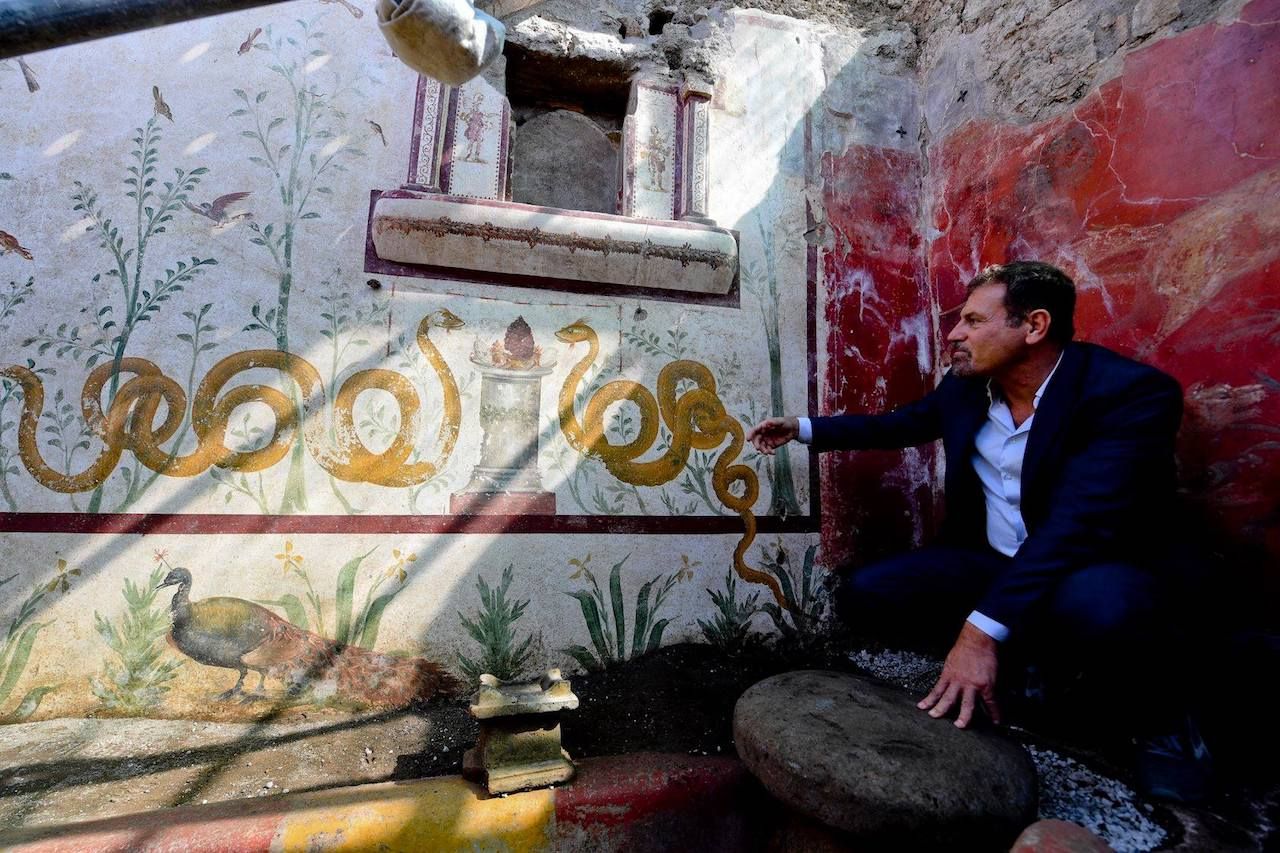

The shrine is baked into the wall of a house, even though it has not been completely excavated, archaeologists can already tell that the site sports a garden and small pool, along with the remains of ancient burned offerings. To uncover a real shrine inside a house not surprising, but “merely the wealthiest people,” Ingrid Rowland, professor in the University of Notre Dame, shown to The newest York Times, “would have afforded a lararium (shrine) in the special chamber by using a raised pool and sumptuous decorations.”
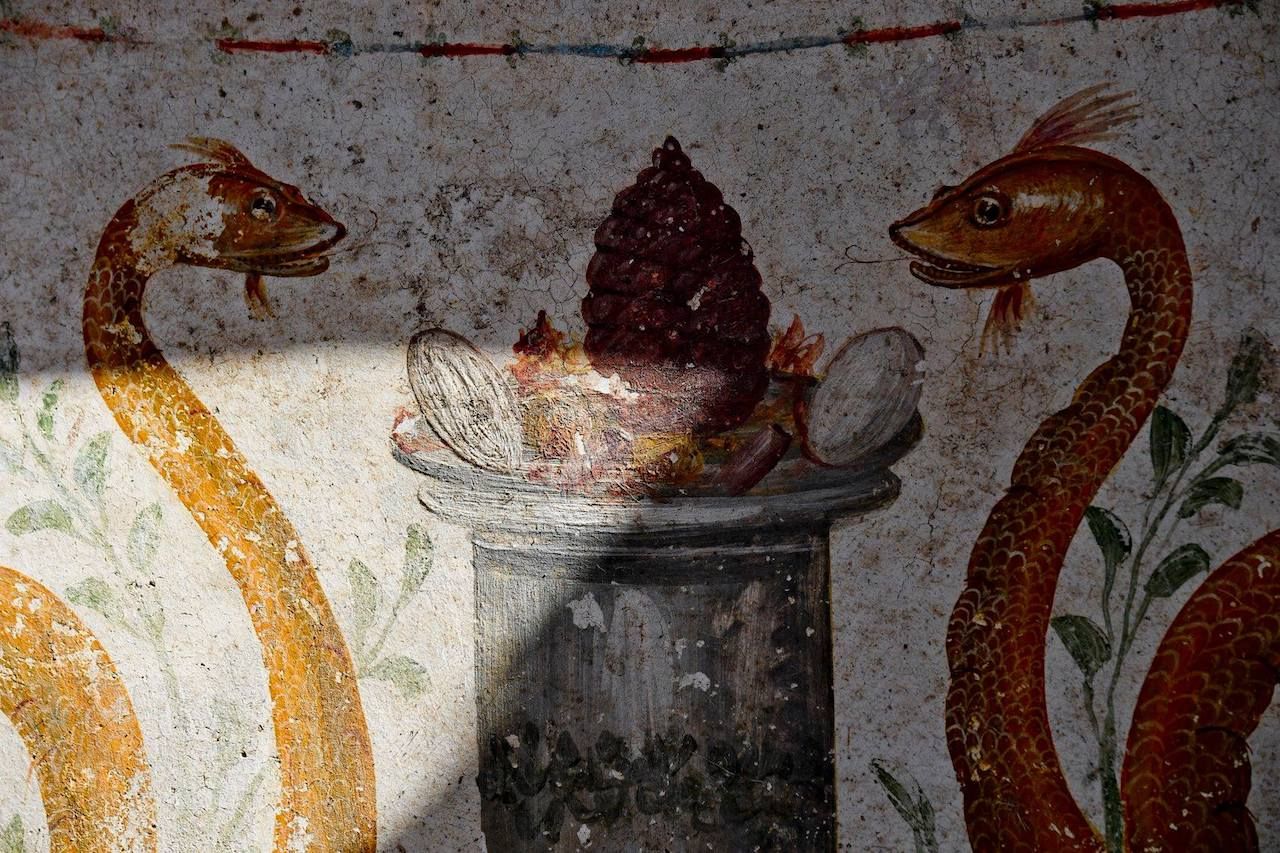

It is believed that your colors are already so well-preserved thanks to the volcanic ash and rocks from the Mount Vesuvius eruption in 79 AD. They shielded the shrine from light and water, and can be in complete darkness for over 2,000 years.
The site was initially excavated in 1748, though early excavations were detrimental for the ruins. Archaeologists often would not handle their findings properly, and in some cases, it\’s a challenge to know what paintings originally might look like. That’s why the following set of wall paintings, of their original colors, is actually a significant discovery.
One-third of Pompeii still remains unexcavated.






